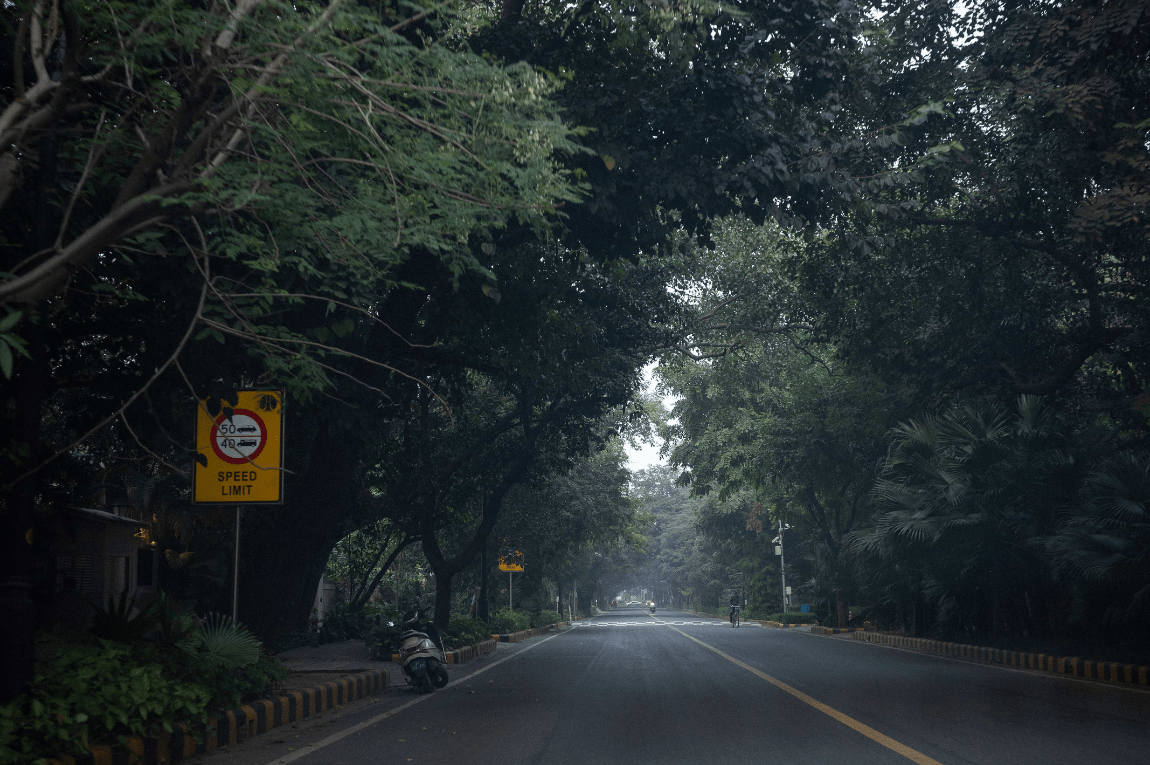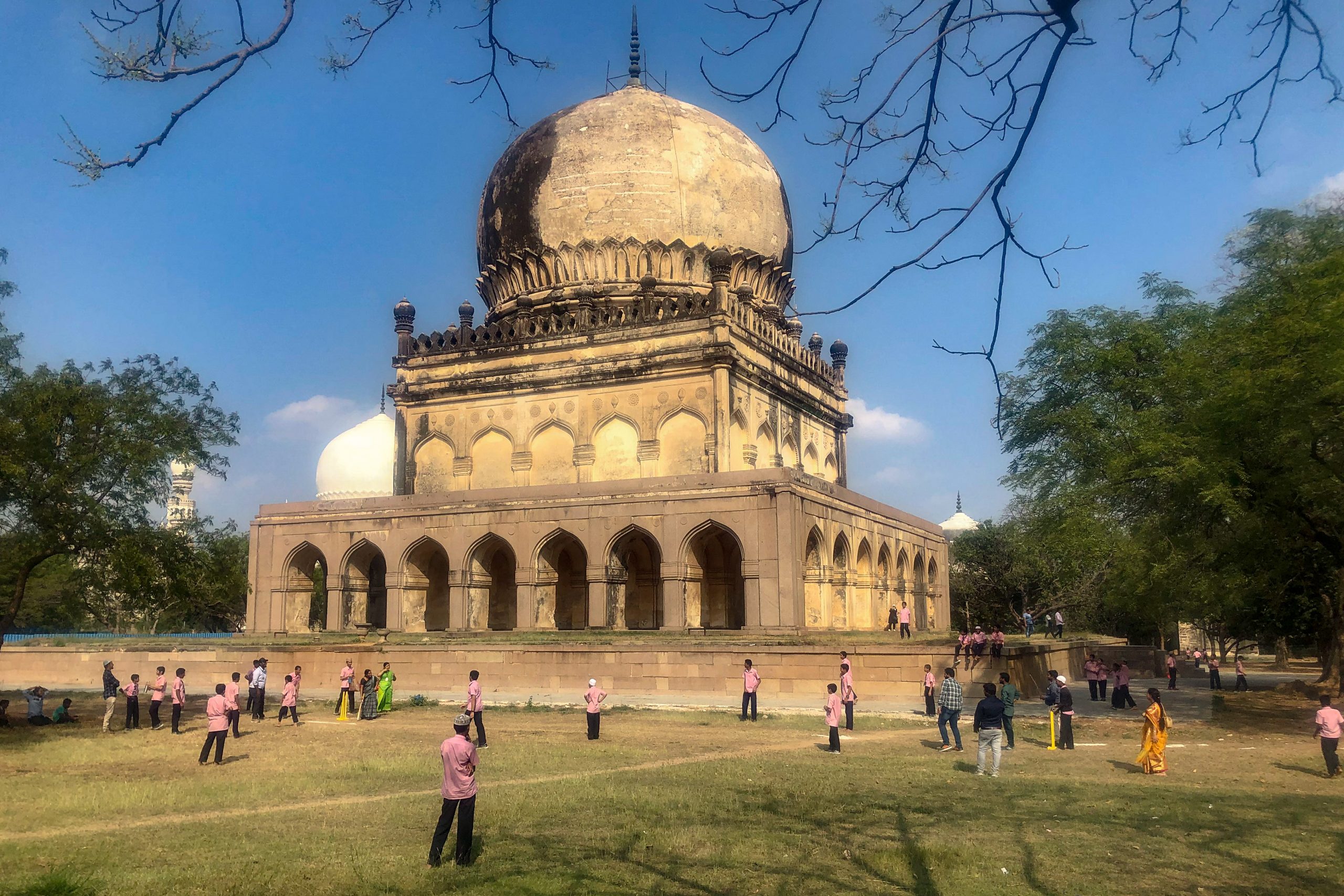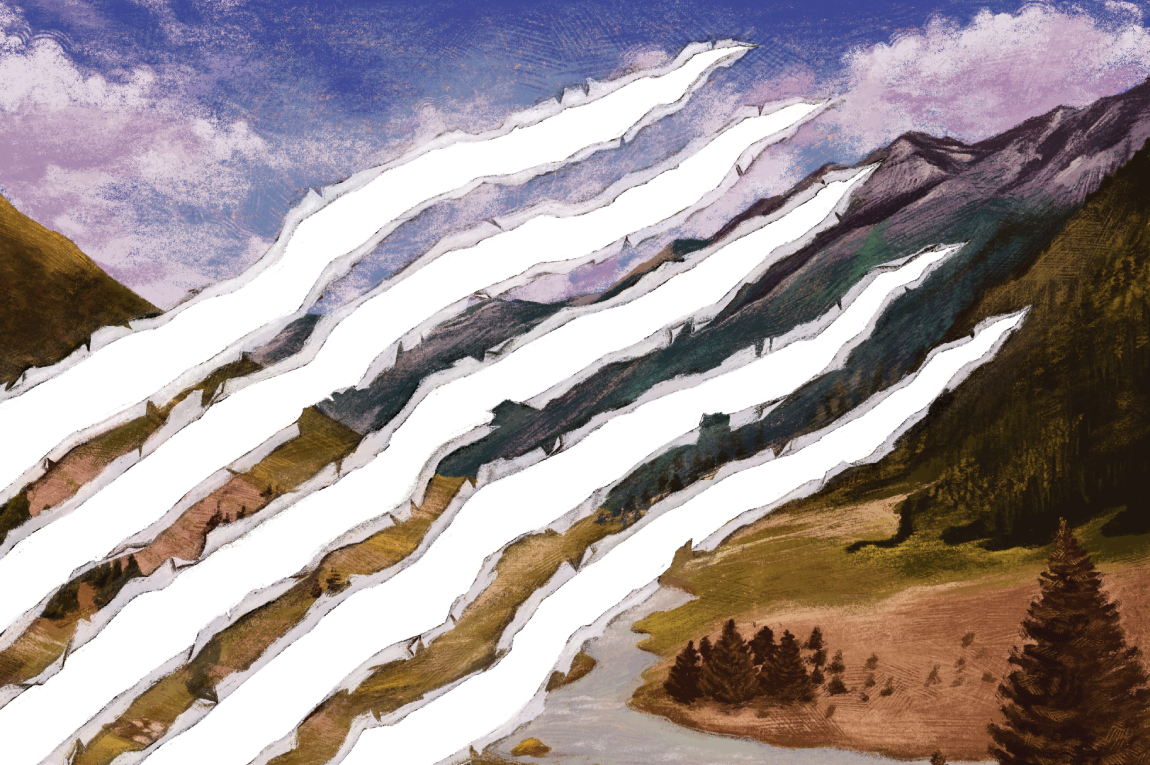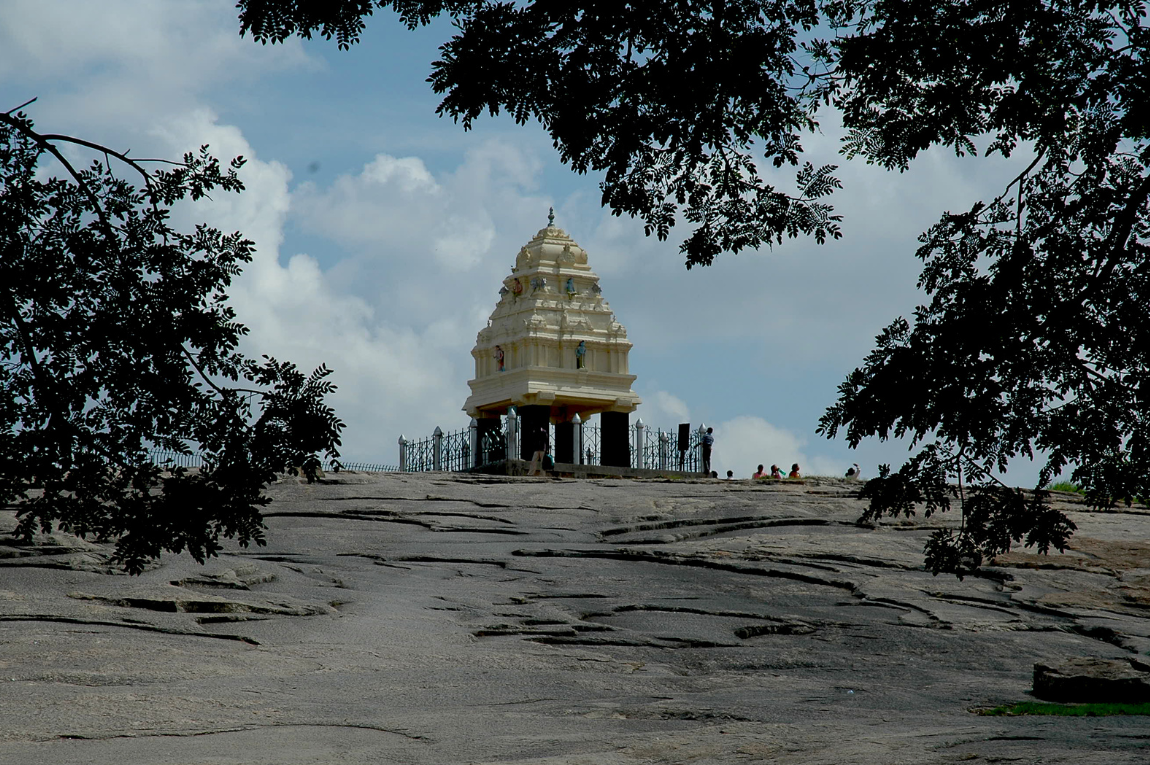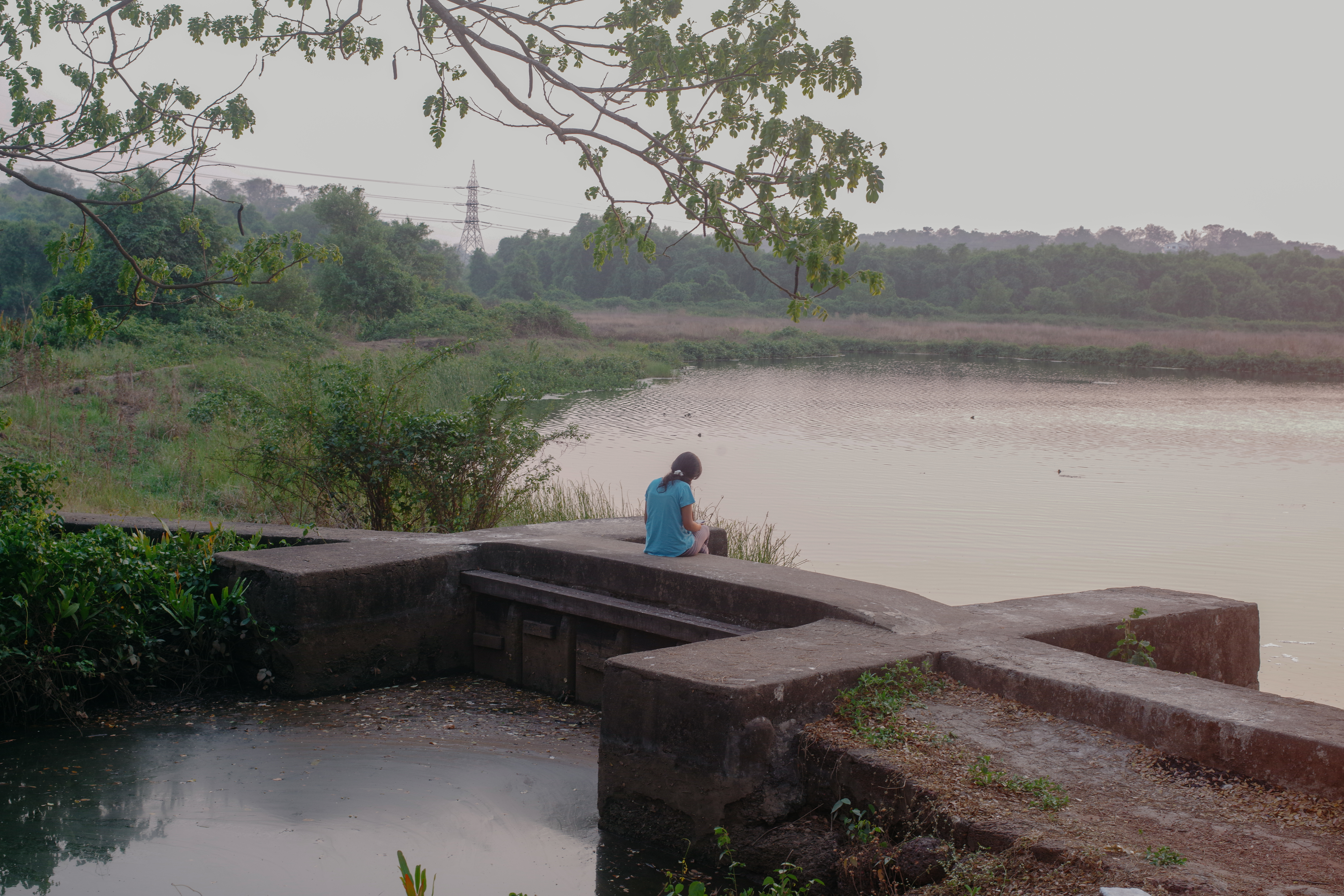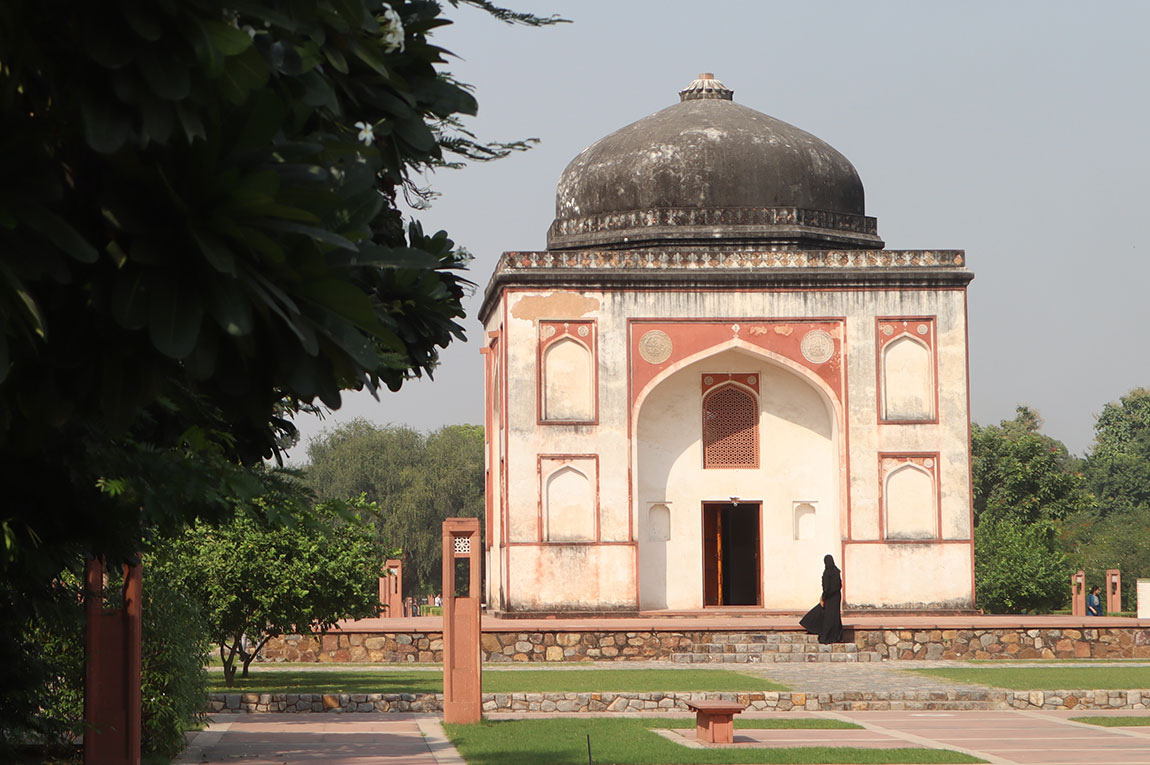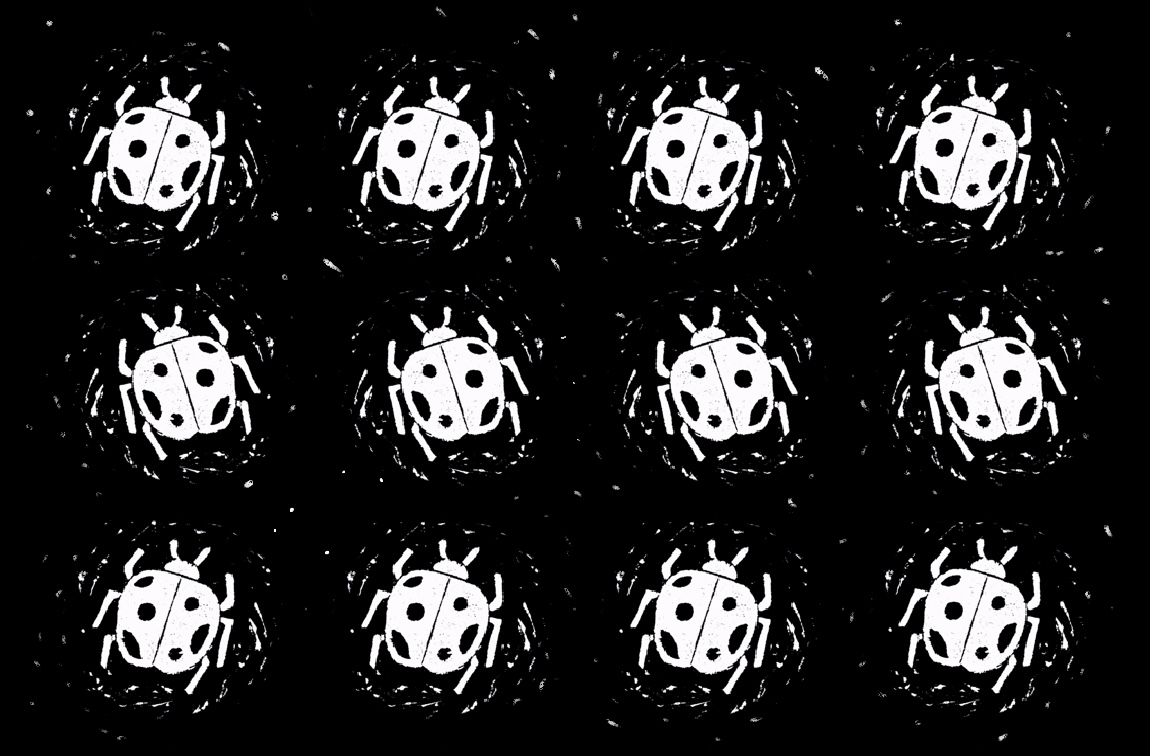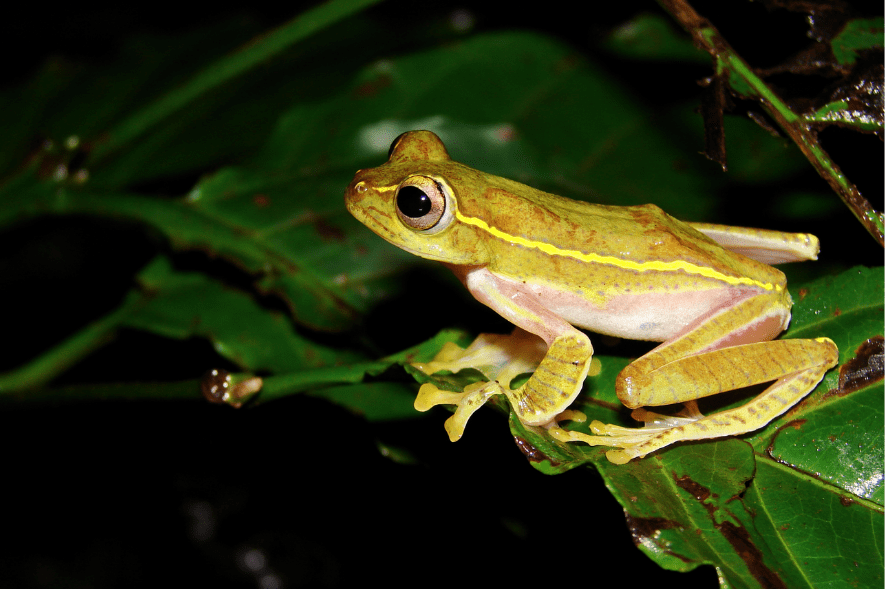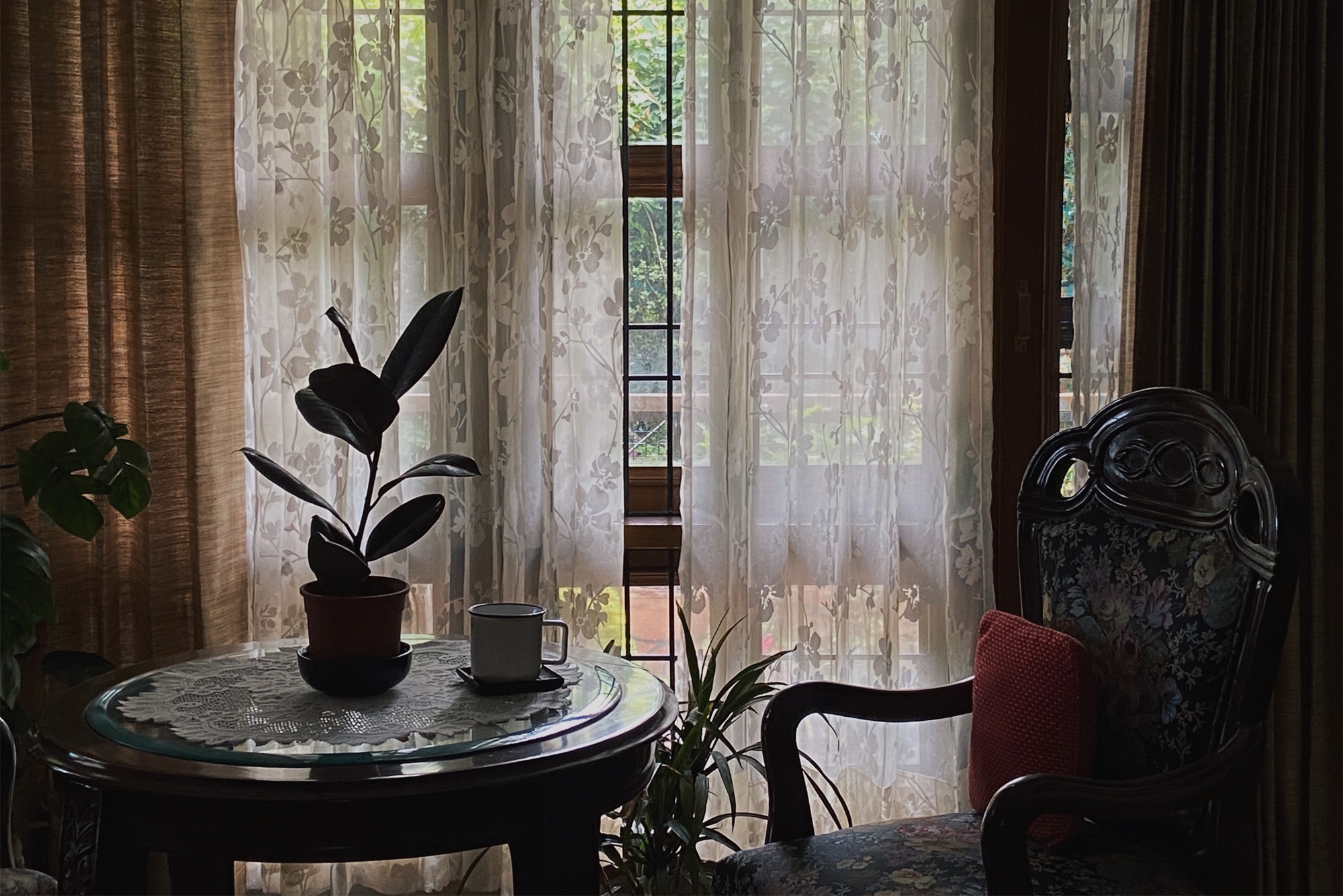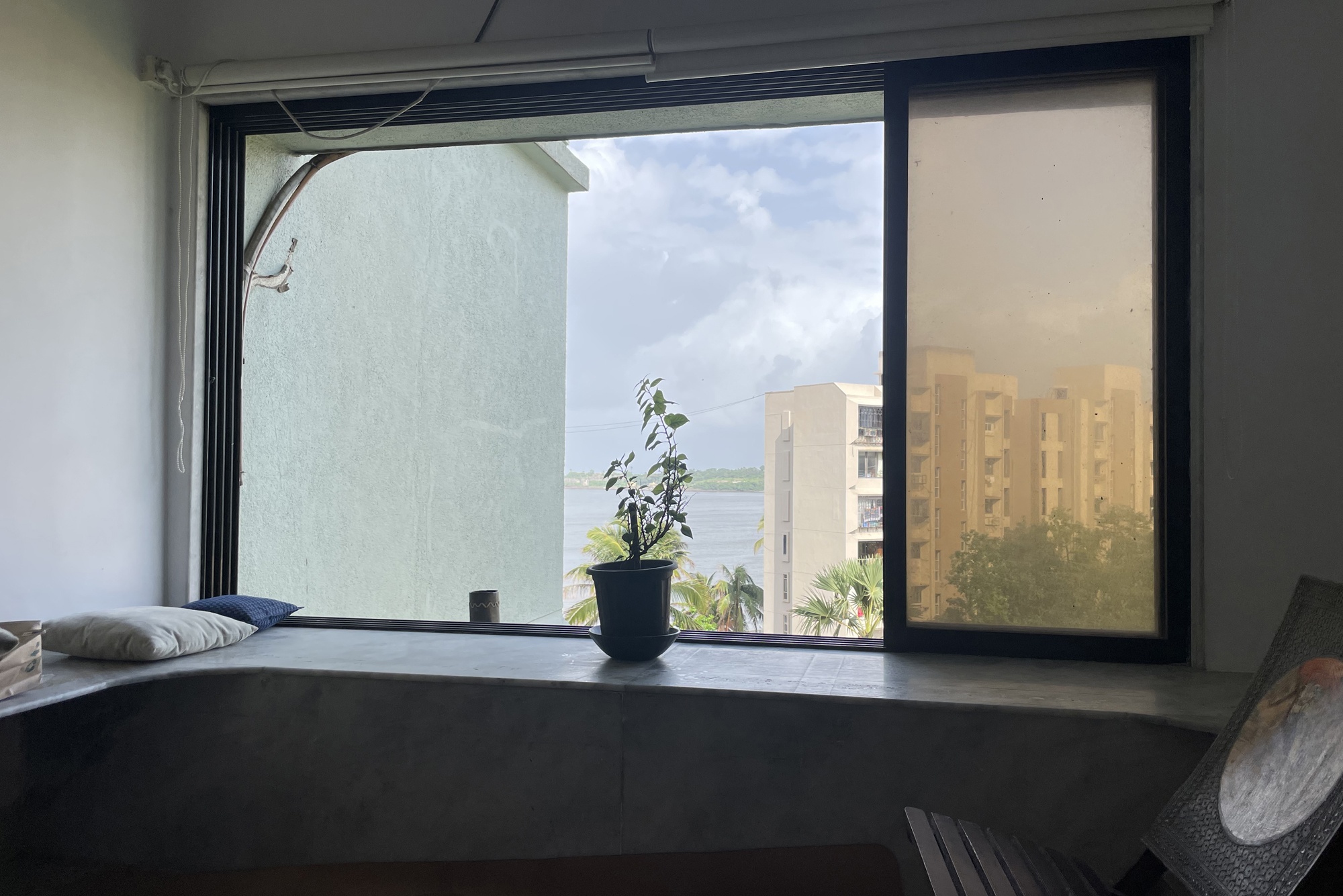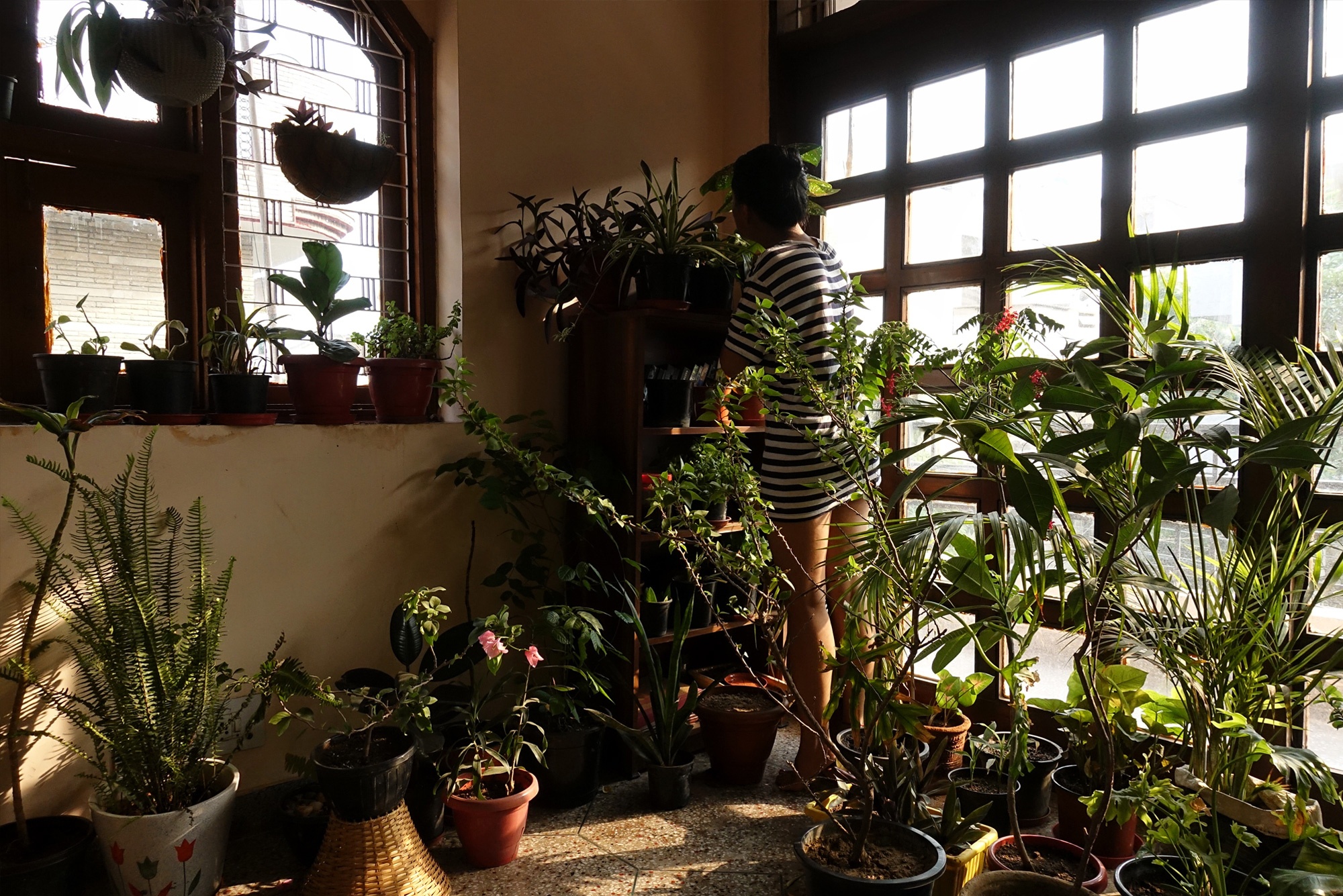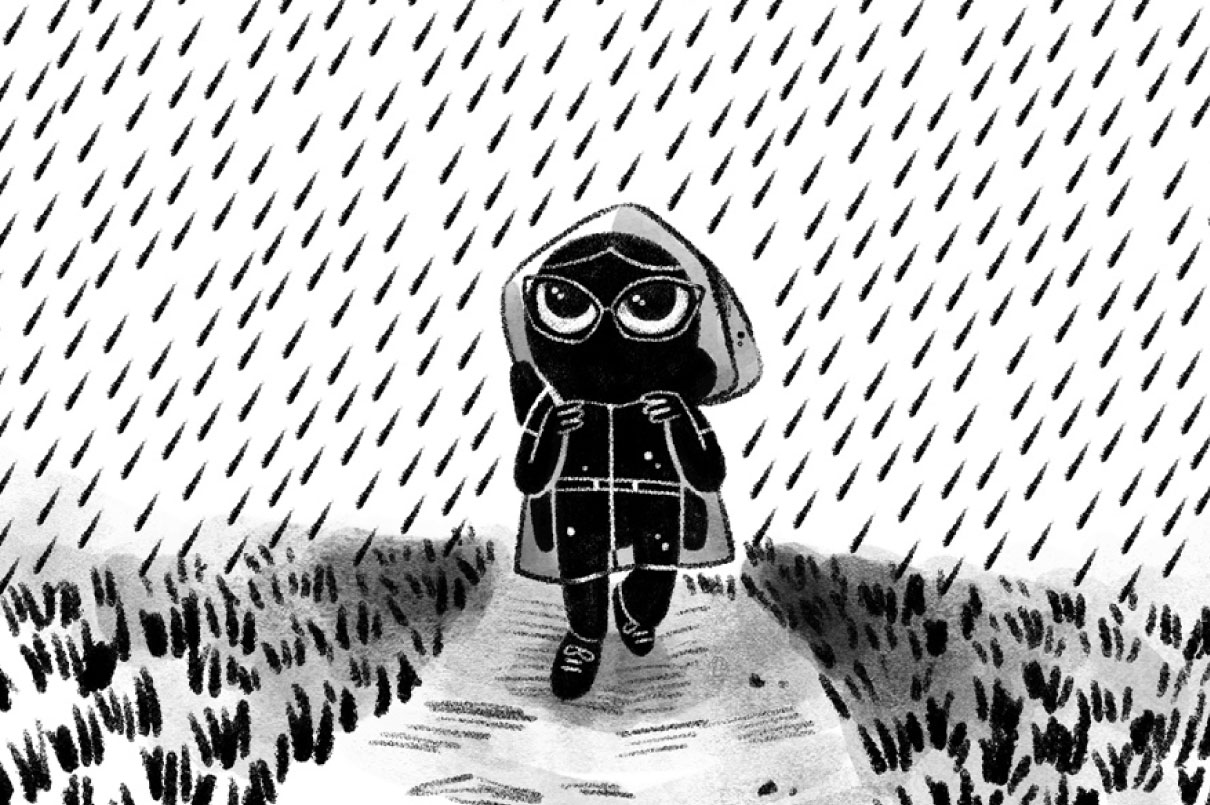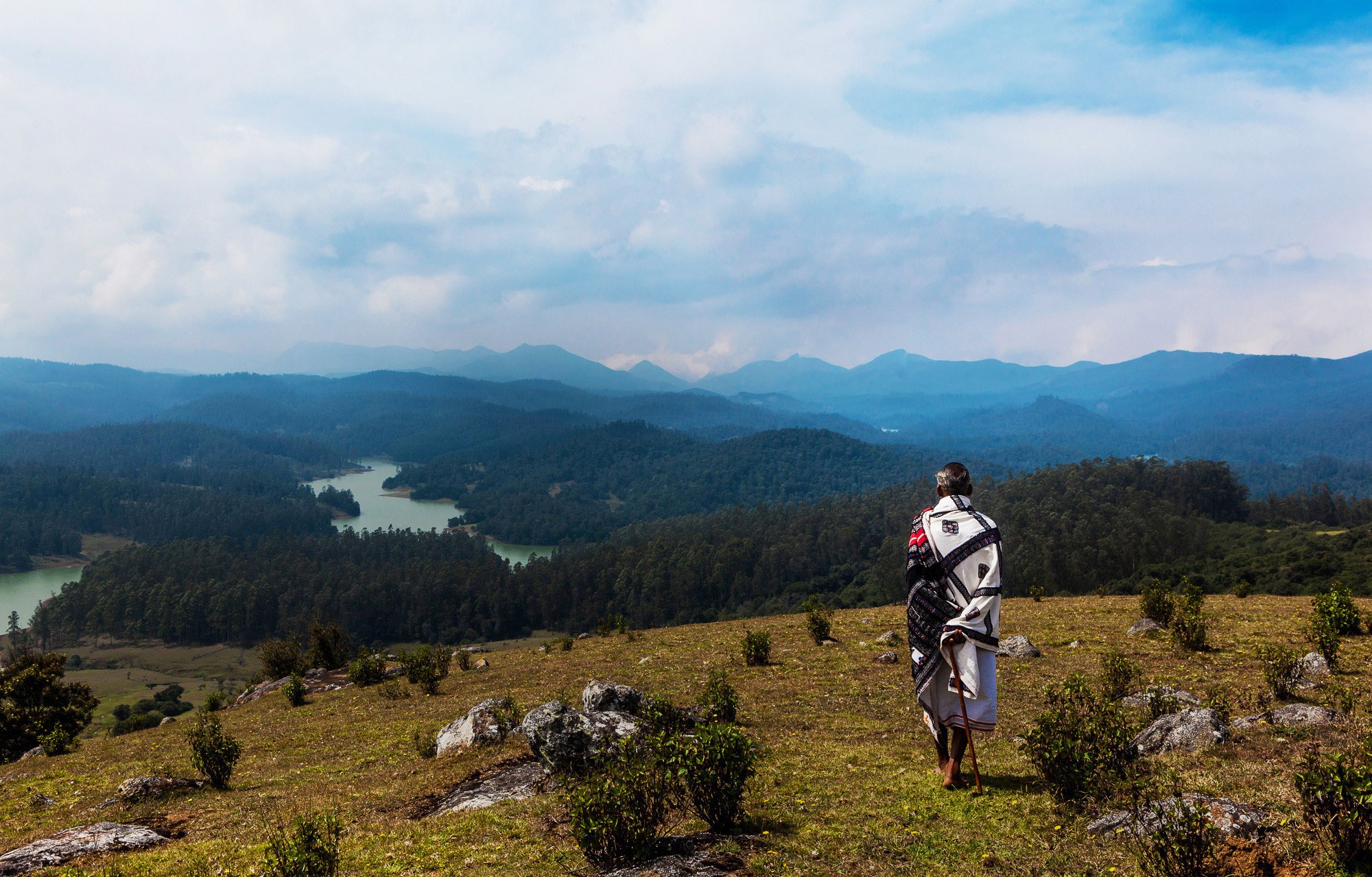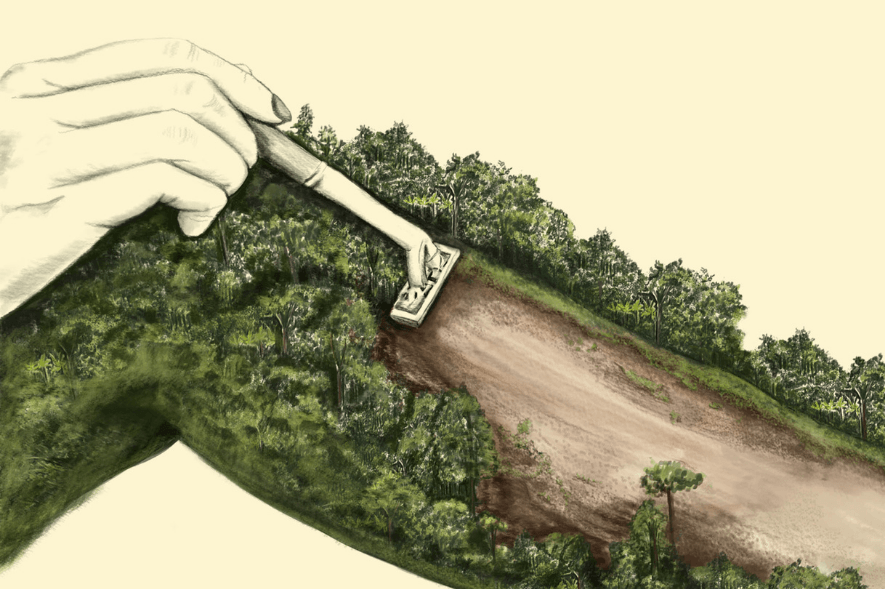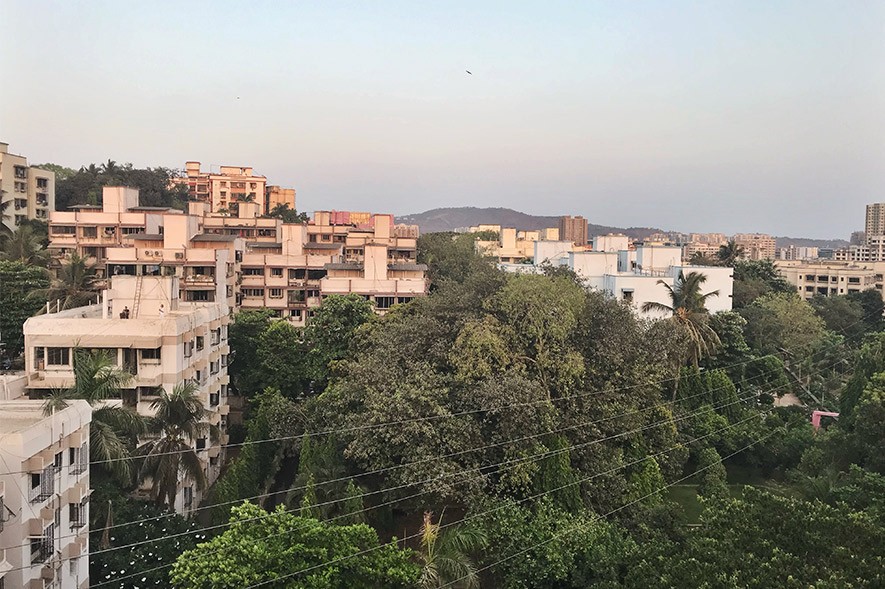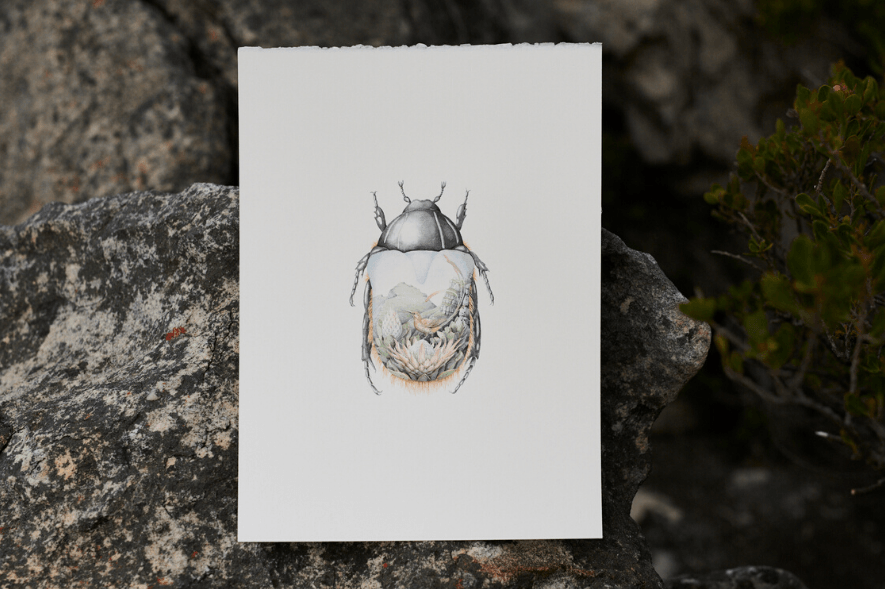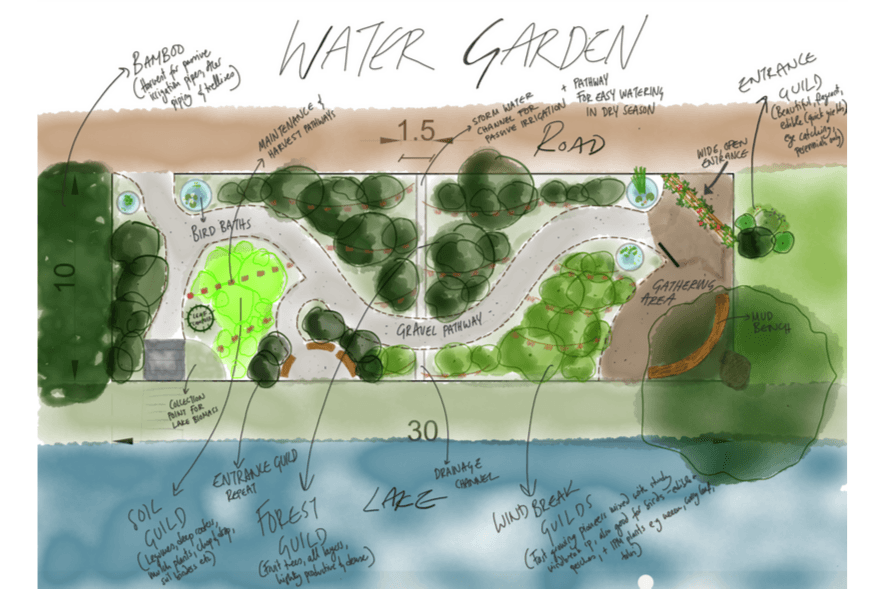We ask five writers to recommend their favourite tales that bring the sea alive — from stories that revolve around a natural disaster to those about yearning and even those that only gently, yet viscerally, allude to the sea.
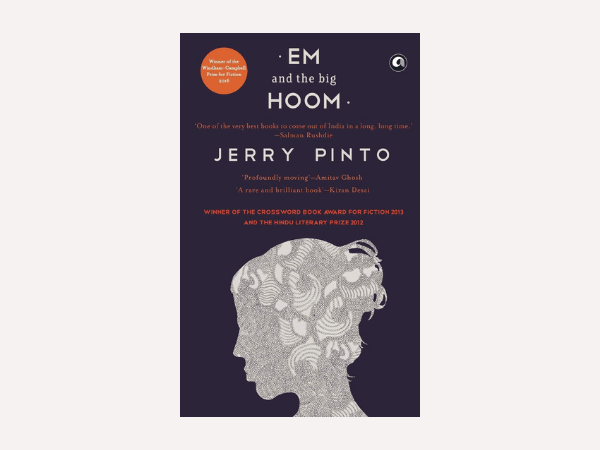
‘Em and the Big Hoom’ by Jerry Pinto (2012)
While rummaging through my memory box of books about the sea, I found myself revisiting a line multiple times — incessantly, comfortingly. It reads: “What is it about the sea? Is it because it’s there?” The sentence lies in the nooks and corners of Jerry Pinto’s masterpiece, Em and the Big Hoom. The story isn’t about the sea at all. It’s about a version of Bombay that’s soaked in the world of Goan Catholics, and the city’s institutions for the mentally ill. It’s about the protagonist’s relationship with his manic-depressive mother, and her relationship with his father, fondly known as The Big Hoom. The book lends itself as a love letter to Bombay, while interspersing the love of another — “I am no I. I am now part of a we,” writes Pinto. And suddenly I find myself thinking about the “we”, the constant, the respite in a manic city, the ironic safety in a monsoon storm, the sea, always, the sea.
—Zahra Amiruddin, photographer & writer
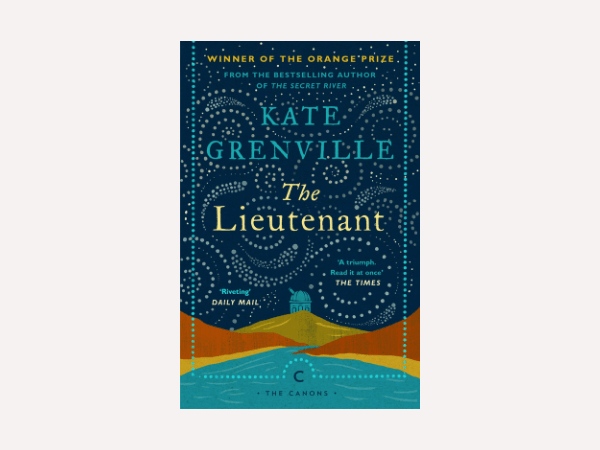
‘The Lieutenant’ by Kate Grenville (2008)
I came across The Lieutenant by Kate Grenville, because I moved to Fiji last year and was looking for literature related to the Pacific region. The novel is set in 1788 in New South Wales. Daniel Rooke sails with the navy to Australia as the onboard astronomer just when the English are discovering the land and its aboriginal communities. There is a sense of wonder at the landscape, and also a foreboding menace to the interaction between the English colonisers and the aborigines which, almost inevitably, collapses into violence. Meanwhile a heartbreakingly fragile friendship develops between Rooke and a group of aborigines as they find that with painstaking effort they can communicate with each other, and he begins slowly compiling a dictionary of the language he encounters. All this is expressed in such beautiful language that this novel is that rare thing: a compulsive page-turner written with lyricism and poetic rhythm. It evokes questions about the nature of language, the inevitability of violence, and the place of humanity under the vast sky that the lieutenant observes night after night through his rudimentary telescope.
—Tejawini Apte-Rahm, author
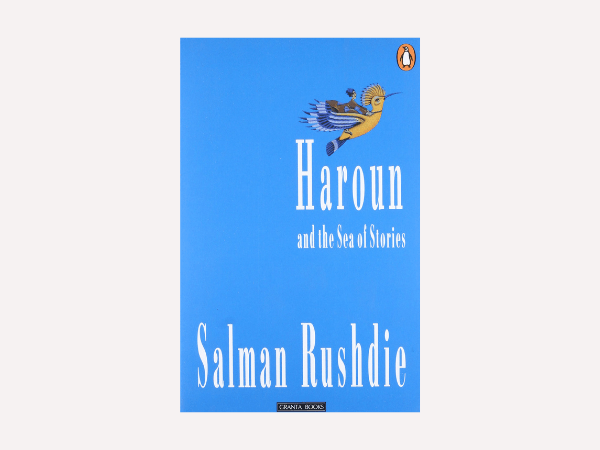
‘Haroun and the Sea of Stories’ by Salman Rushdie (1990)
It seems my favourite book about the sea is not about the sea. The book I mean is Salman Rushdie’s Haroun and the Sea of Stories. I recall diving into it when it first appeared and feeling a bit like a gleefish by the time I’d reached the end. What appealed to me was — everything. The surge and swell of the prose, the froth and fume of the action, the phosphorescent word-play (no pun left unturned), and the fact that what appeared to be a fairytale was a tale that plumbed the depths of very real places, events, and emotions. Like the best books for children (Rushdie wrote it for his son, Haroun) this one speaks to all of us, and can be read and savoured at many levels. As a writer, I also love how it refers to the things that make us who we are. For me, the Whale Who Swallowed Men can only be Jonah, the Walrus can only be from Wonderland, the Fire-Breathing Dragon can only be Smaug. “Water water everywhere…” takes me right back to my favourite narrative poem, The Rime of the Ancient Mariner; Goopy and Bagha take me back to Upendrakishore’s classic and Satyajit Ray’s film. As a translator, the names of the characters delight me (Princess Batcheat, the Chupwalas). As an adult reader, what’s sobering is the realisation that the more things change, the more they remain the same (the opposition to speaking freely and thinking creatively is more reality than allegory). And for the child in me, what’s enchanting about it, after all these years, is the way it succeeds in convincing us that stories are as life-giving and sustaining a force as water. In dark times, this is a story of hope (and happy endings). For those who like the magical, the metaphorical, the marvellous and the meaningful, this one’s for you.
—Sampurna Chattarji, writer, translator, teacher
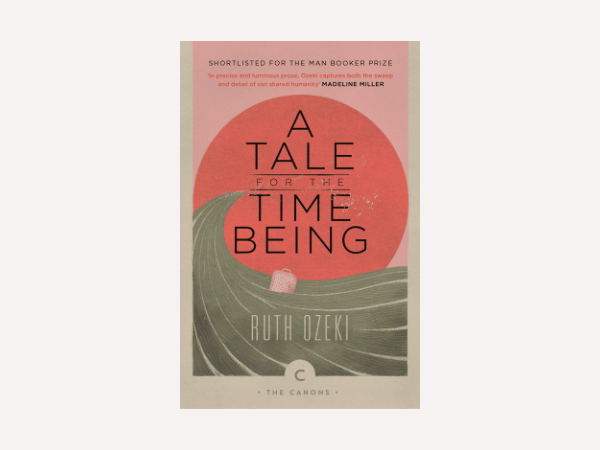
‘A Tale for the Time Being’ by Ruth Ozeki (2013)
In A Tale for the Time Being by Ruth Ozeki, the Pacific Ocean is like a character in itself, a seemingly quiet intermediary without whom, the novel seems to say, the protagonists — and their stories — would not exist. In Tokyo sometime before the devastating tsunami of 2011, sixteen-year-old Nao Yasutani is wittily, wretchedly, writing her diary: transplanted from California back to Tokyo after the dot-com bubble burst and her father lost everything, she negotiates a daily routine of intense bullying at school, a suicidal father, a mother obsessed with jellyfish, and her Zen nun grandmother. In a pun worthy of Shakespeare, Nao reveals herself to be the “time being” of the title and, we quickly realise, so is the ocean that swallows her diary and washes it up (hermetically sealed) on the West coast of Canada, where a writer named Ruth finds it. As we follow Ruth in trying to solve the mystery of what happened to Nao post-tsunami, the bigger questions of life leak into the narrative with the grace and heft of the indomitable ocean, which is not just what connects the two shores of Japan and North America, connects Nao and Ruth, but also, we must never forget, connects man and the natural world, the future of the planet and its ongoing abuse, life and death, past and present, time and timelessness.
—Saskya Jain, author
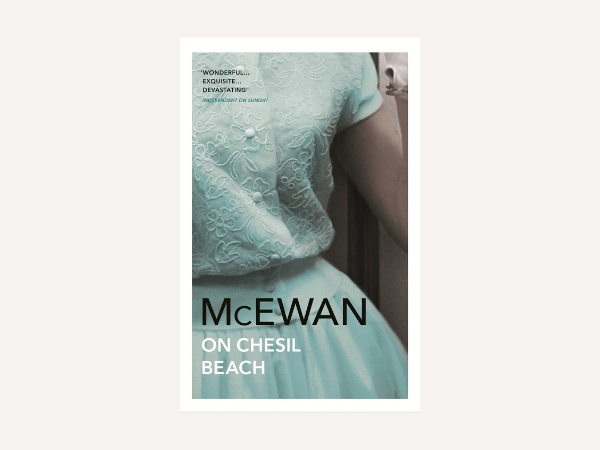
‘On Chesil Beach’ by Ian McEwan (2007)
Edward Mayhew has been consumed with desire for months. He senses that it is not shared as intensely by his sweetheart Florence Ponting. But tonight, everything should fall in place. The young lovers, both virgins, have married and just arrived at a hotel on the Dorset Coast to spend their first night together. Edward is florid with excitement; Florence is fraught with anxiety. “Here (comes) the past, anyway, the indistinct past,” writes McEwan. “It (is) the smell of the sea that (summons) it.” Florence clutches her fists as Edward approaches her. When he ejaculates on her thigh prematurely, her world shatters. She bolts out like the wind, runs along the beach, “certain in her distress that she (is) about to lose him, she (has) never loved him more, or more hopelessly.” Edward, in turn, stands in “cold and righteous silence.”
Ian McEwan’s novella On Chesil Beach drips with sadness. It’s not a lingering sadness that swaddles your identity, but the kind that lashes at you in waves and recedes because you want it to. The protagonists are young 22-year-olds who make mistakes that we, as readers, recognise as our own.
I turn to this book every so often, because to me, it sums up the hamartia of human existence. Over and over, we make the same avoidable mistake of using silence as a language to say the unsayable. We set ourselves up on a path of regret. We leave gestures unarticulated and words unuttered. Everything we build comes undone. “This is how the entire course of a life can be changed,” writes McEwan, “by doing nothing.”

